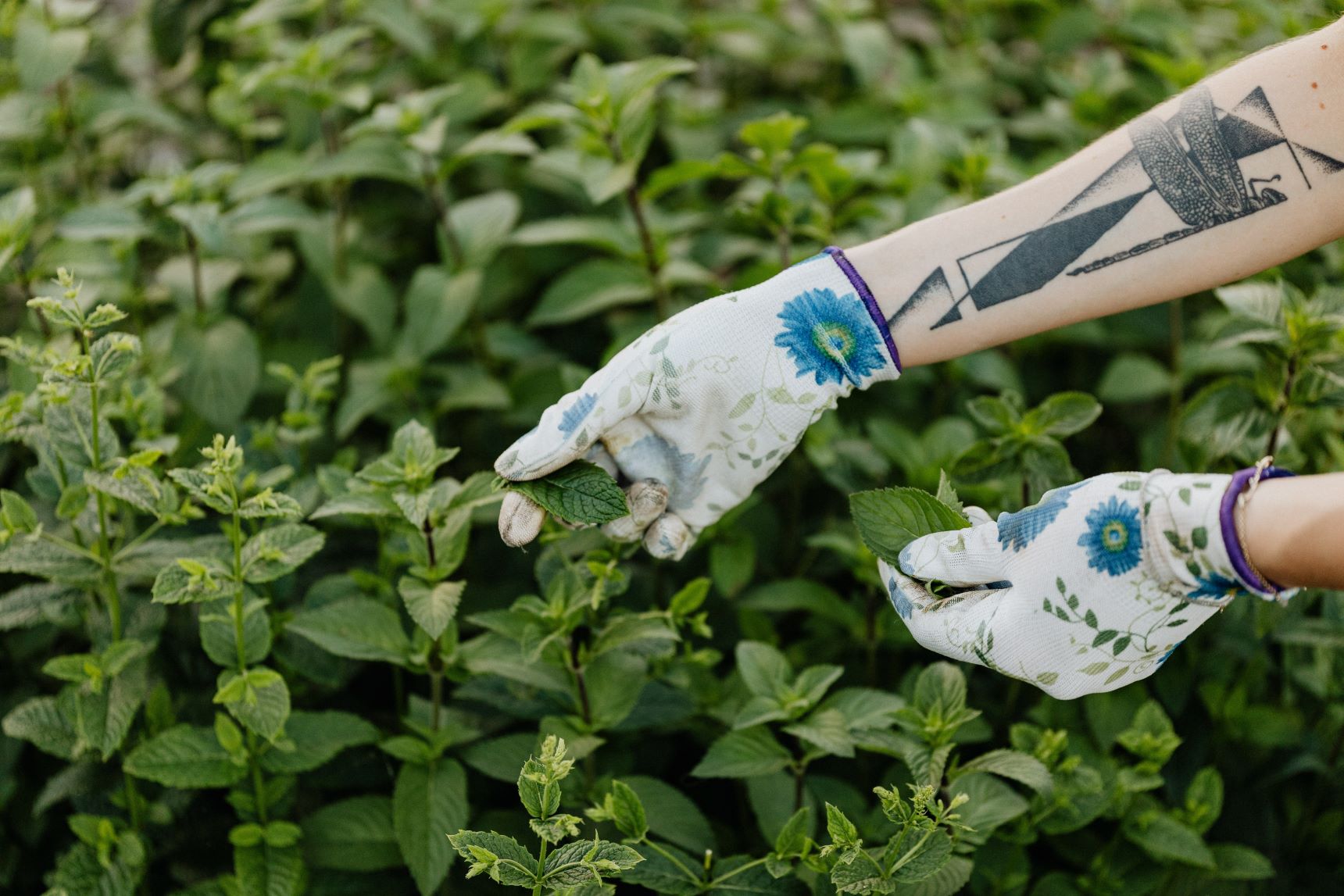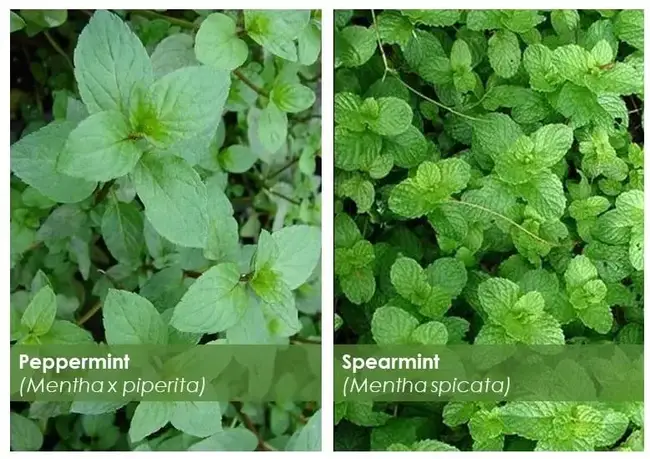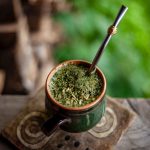Soearmint vs peppermint: the differences, teas, and uses
Spearmint and peppermint are two very popular herbaceous plants, known for their refreshing aroma and flavour. To the common eye, there isn’t much difference between them, and people often refer to the two as one. However, there are some important differences between the two species. In this article, we’ll delve into these differences and discover what each of these plants has to offer and their respective teas.

The difference between spearmint and peppermint
Spearmint and peppermint are plants from the same family, but their differences are greater than they appear. Of the more than 25 species in the Mentha genus, peppermint (Mentha piperita) is one of the best known.
Appearance: Spearmint has rounded, smooth leaves with a light green colour. Peppermint, on the other hand, has longer, pointed leaves with a darker green colour.
Name: The scientific name for spearmint is Mentha spicata, while the scientific name for peppermint is Mentha x piperita. The “x” indicates that peppermint is a hybrid, the result of a cross between Mentha spicata and another species of spearmint, Mentha aquatica.
Cultivation: Spearmint and peppermint are temperate plants that adapt well to a variety of climatic conditions. Both plants can be grown in pots or in the ground.
Uses: In the kitchen, spearmint leaves are used to flavour sweet and savoury dishes such as salads, soups, desserts, and drinks. Peppermint leaves can also be used in cooking, but their flavour is more intense and spicy; peppermint, on the other hand, is more commonly used in drinks and for medicinal purposes.
Spearmint
Mint is a perennial herbaceous plant native to Europe and Asia. It has dark green oval or lanceolate leaves and small white or purple flowers. There are several species of spearmint, each with its own characteristics. Some of the most common are peppermint, spearmint, and water mint.
Peppermint
Peppermint is a mint hybrid, obtained by crossing Mentha aquatica and Mentha spicata. It has longer, flatter leaves, a dark green colour and a stronger, spicier aroma. It is the species of spearmint most commonly used for medicinal purposes.

Health benefits
Both spearmint and peppermint have a number of health benefits, including:
Digestion: Both plants are stimulants for the digestive system, helping to relieve problems such as nausea, vomiting, gas and constipation, especially spearmint.
Breathing: Both have decongestant properties and can help relieve nasal congestion, coughs and sore throats.
Pain: Both have analgesic properties and can help relieve headaches, muscle aches and stomach pains. Peppermint is particularly good for this purpose.
Stress reduction: Both plants have relaxing properties and can help reduce stress and anxiety.
Spearmint and peppermint products
In addition to tea, they can be used to make other products, such as:
Sweets: They are common ingredients in sweets such as chocolates, ice cream, biscuits, and cookies;
Candy: Can be used to make sweets such as pastilles and chocolates;
Drinks: They can be used to make beverages such as soft drinks, juices, soft drinks and cocktails; It’s common to add them to lemon soft drinks.
Condiments: They are a popular condiment in savoury dishes such as salads, meat and fish, particularly as a seasoning or in sauces;
Cosmetics: spearmint and spearmint are common ingredients in cosmetics such as soaps, creams and lotions, as well as toothpaste;
Decongestants: Decongestant products are often based on peppermint and/or spearmint;

Spearmint and peppermint tea
Spearmint and peppermint teas are refreshing and flavoursome drinks that offer various health benefits.
Spearmint tea is rich in antioxidants, which help protect the body against damage caused by free radicals. It is also a source of vitamins A, C and E, which are essential for the body to function properly.
Peppermint tea is an excellent nasal decongestant, which can help relieve the symptoms of colds and flu.
Both can also help improve digestion, relieve nausea and vomiting, and reduce headaches.
How to prepare
To prepare spearmint or peppermint tea, simply:
- Boil water and add 1 teaspoon of dried spearmint or peppermint leaves;
- Leave to infuse for 5 to 10 minutes;
- Strain and serve!
For a more flavoursome tea, add a teaspoon of honey or sugar.
Other mentha-based teas, ready to drink:
- Black Tea with Chocolate and Mint: based on cocoa shells, liquorice, fresh mint, aniseed, cocoa powder, cinnamon, various spices and vanilla pods;
- Yogi Tea Lime and Mint Bio: based on liquorice, lemon, mint, peppermint, cinnamon, and spices;
- Creano Sweetness 3 Mints Bio: composed of peppermint, spearmint, apple mint and liquorice root.
Spearmint and peppermint are two versatile plants used for culinary, medicinal and cosmetic purposes. They are easy plants to grow and find and offer many benefits. Their teas are easy to make and delicious. Give them a try!







Sorry, the comment form is closed at this time.